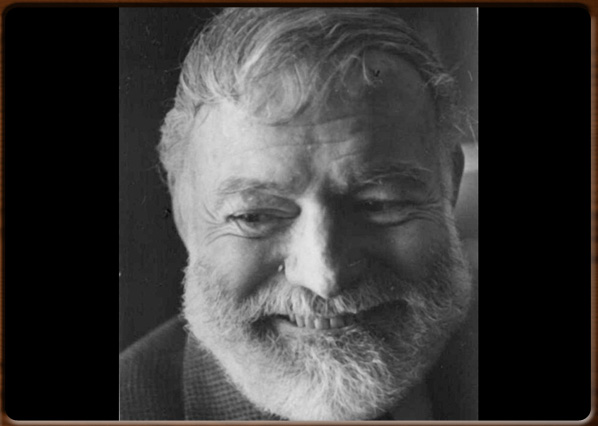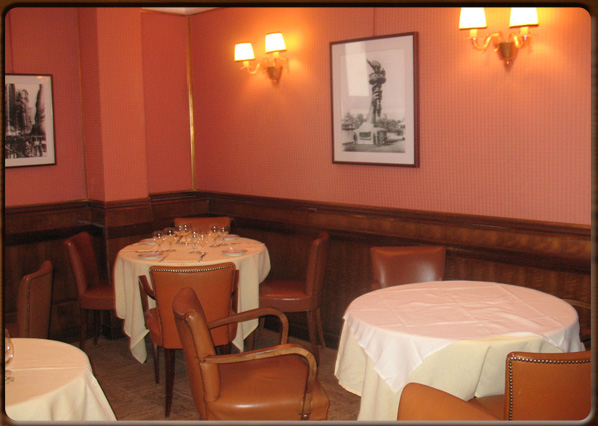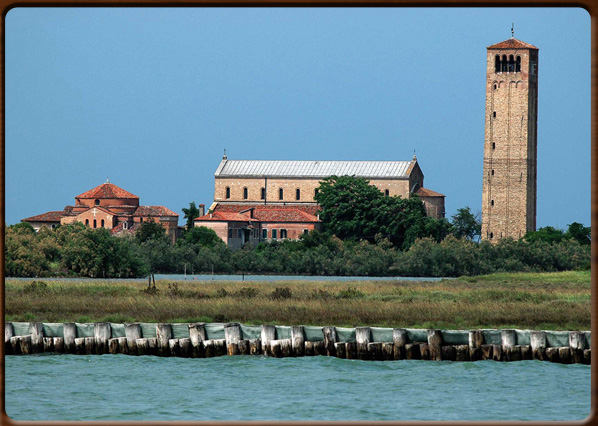
Ernest Hemingway.

The Harry's Bar.

The island of Torcello.



No video
Ernest Miller Hemingway (Oak Park, Illinois, 1899 - Sun Valley, Idaho, 1961) was a great American novelists and journalist, who lived a life full of adventure.
During the First World War, he served in the Red Cross and distinguished himself at the Front near Bassano del grappa, Veneto.
In the 1920s he lived in Paris and was leader of a community of American expats he called the “lost generation” in his posthumous book A Moveable Feast (1964). A great traveller, Hemingway met many important people and took part in several major events in the 20th Century: he served in two world wars, fought for the Republicans in the Spanish Civil War and for Castro in the Cuban Revolution.
He also had four marriages, plus many love affairs. Hemingway’s work was popular with the critics. He won the Pulitzer Prize in 1953 and the Nobel Prize for Literature in 1954. His literary style is linked to his essential, dry language and had a great influence on the development of the novel in the 1900s.
Hemingway’s death by suicide added to the legend surrounding the man and many of his books have turned into films: Fiesta (1926), Goodbye to Arms (1929), Death in the Afternoon (1932), Green Hills of Africa (1935), The Snows of Kilimanjaro (1936), For Whom the Bell Tolls (1940), The Old Man and the Sea (1952).
Hemingway returned to Italy in the years 1948 and 1954, often staying in the Veneto region: Venice (where he used to hang out at Harry’s Bar and Bar del Gritti), Torcello, skiing in Cortina and hunting on the lagoon at Caorle. During this period he wrote the novel Across the River and into the Trees (1950), set in these places. Owing to the fact that this work made clear references to living people, especially a young Venetian noblewoman he loved, its publication was banned in Italy for many years.
1800 - 2000 - - rev. 0.1.5